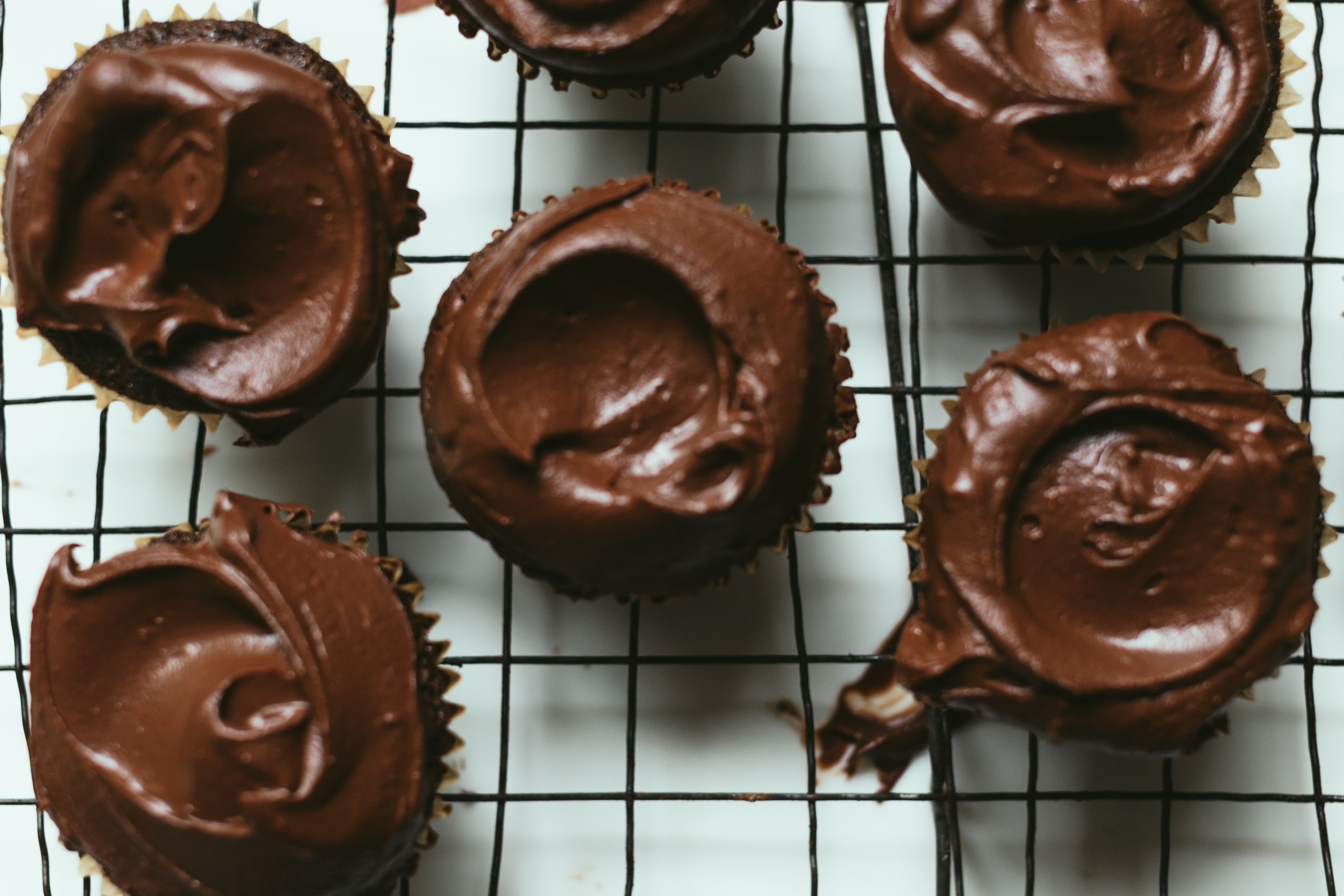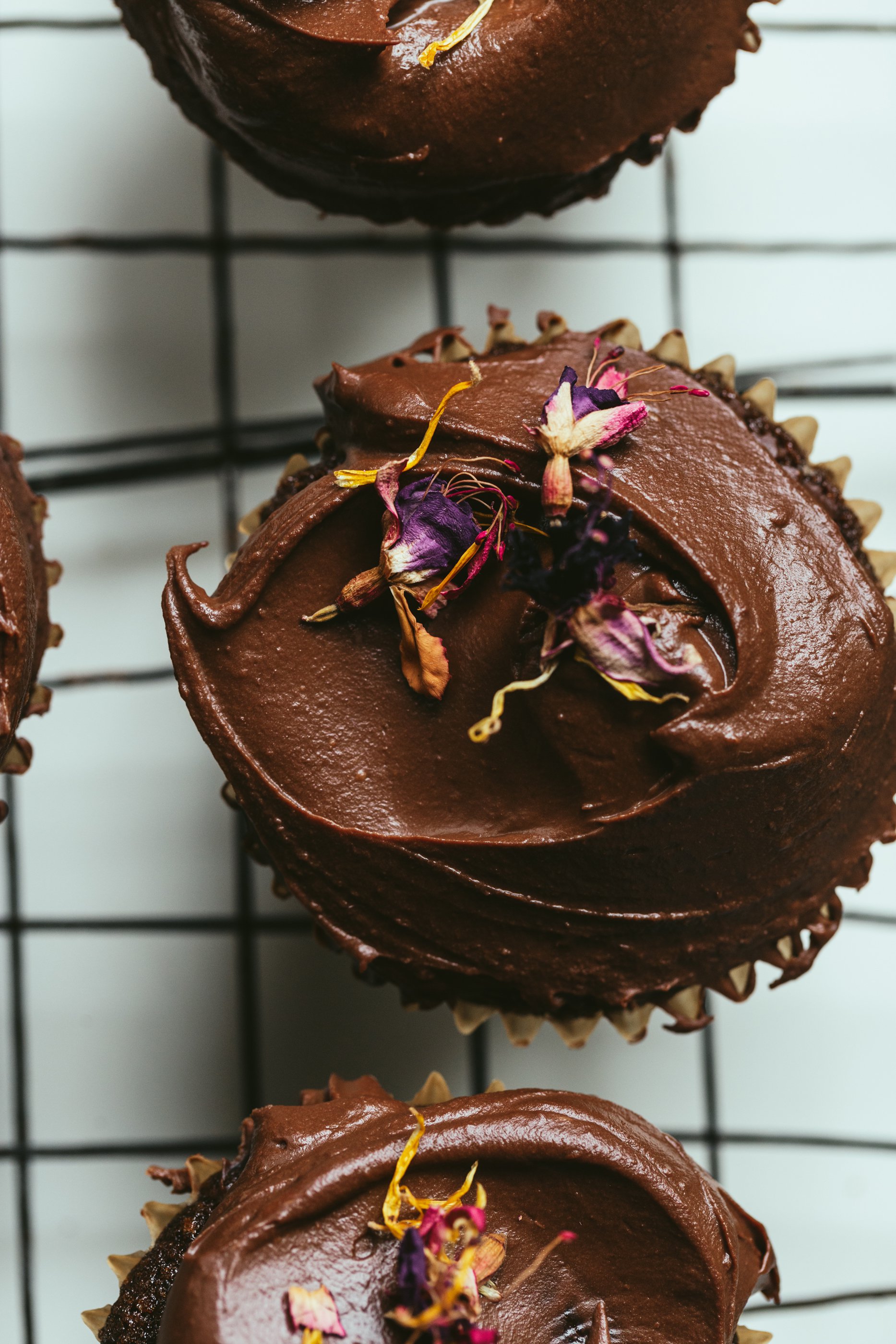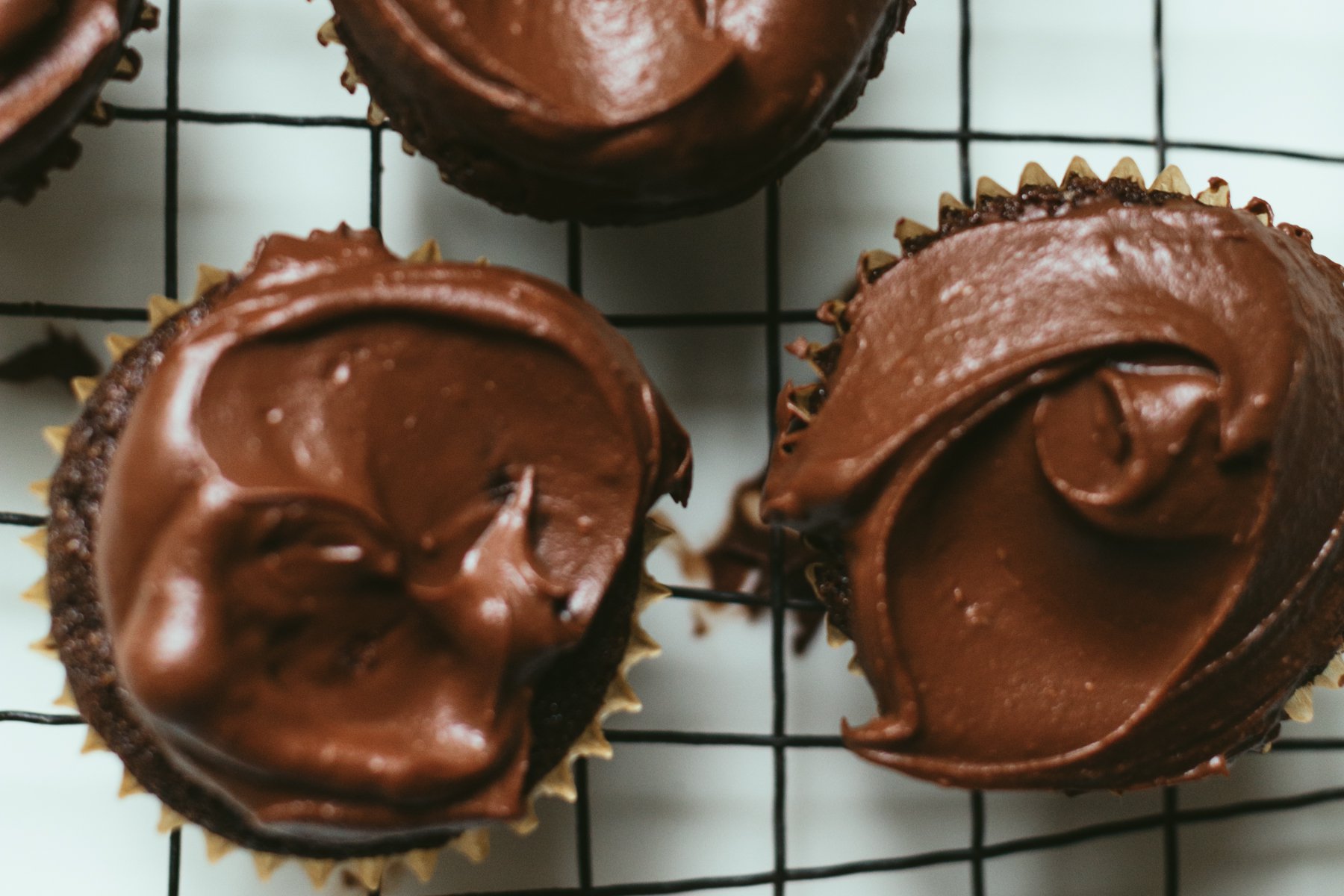Sourcing vegan, organic, fairly traded chocolate
We suggest using good quality chocolate, and yet what is good food? Obviously what one thinks of food depends on how one perceives and judges it and that will look different for everyone. And yet what we think of food has real consequences on our health, social justice, the environment and the economy. And so in describing food should we not consider the moral properties of food, was it produced in a moral manner? Means of food production are a complex and prompt reflection on areas where ethical quality matters, use of pesticides, genetically modified plants, factory conditions, forced and exploited labour. And while such conditions may not manifest in taste, to enjoy certain foods, then we must be able to accept the conditions of, the appropriateness of what is been eaten.
The $100 billion chocolate industry is built on the labour of 6 million smallholder farmers who reside in a thin Equatorial belt encompassing Africa, Central and South America, the Caribbean and Asia. World cocoa prices have declined by 30 percent since mid-July 2016, reaching the lowest level in nearly four years. Currently, there is a cocoa production surplus, which some market analysts estimate between 150,000 and 250,000 tons for the current cocoa year. Capitalist agriculture thrives in large part because it appropriates so much surplus value from farmworkers. Such short-term developments threaten to undermine long-term sustainability in the supply chain. Cocoa farmers earn less, which will exacerbate poverty.
Prices send signals to farmers as to the amount of time and labour to invest in cocoa production. And so along with climate change and a disinterested younger generation of farmers, will harm the chances of growing cocoa—or any other crop. Human life is inextricably intertwined in systems of agriculture; that choosing what we eat isn't just about us, what we eat will change, and, subsequently, so will the system that creates our food. Good food isn't cheap, it shouldn't be, and our food choices can provide either incentive or disincentive for practices that compromise environmental and social justice. Chocolate should not be some 250-gram bar purchased for $4, or on promotion for less. That said, price wars at supermarket checkouts do not impact each link of the supply chain equally. Exploitation controls food production.







